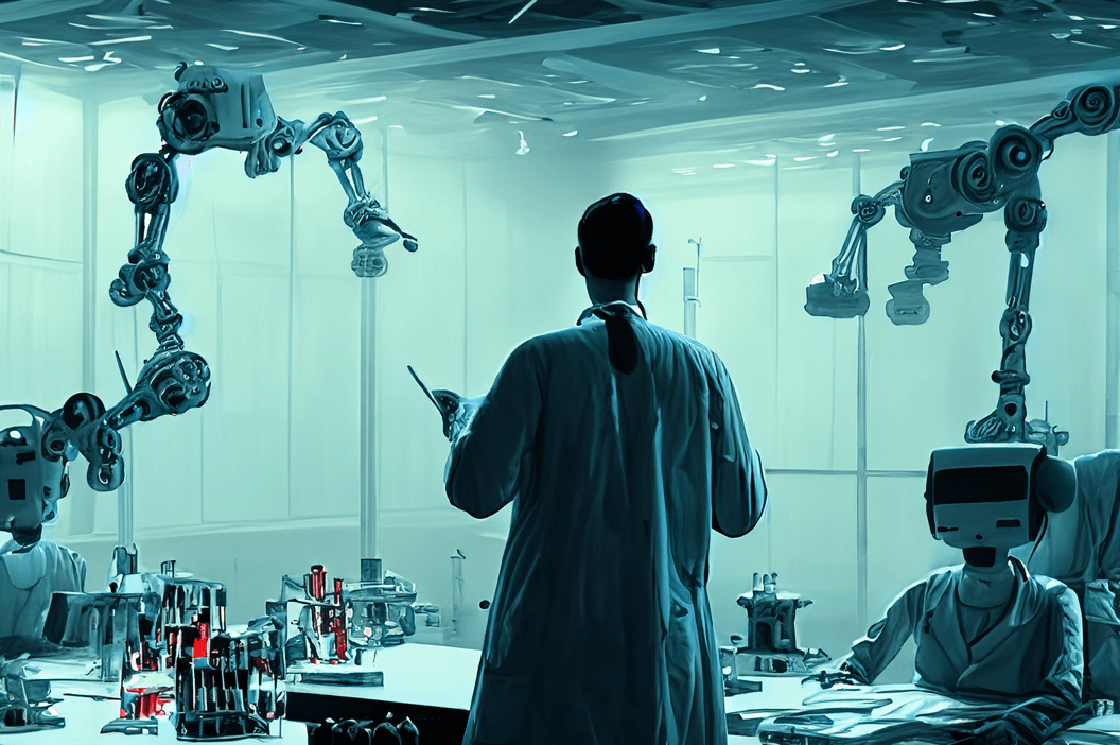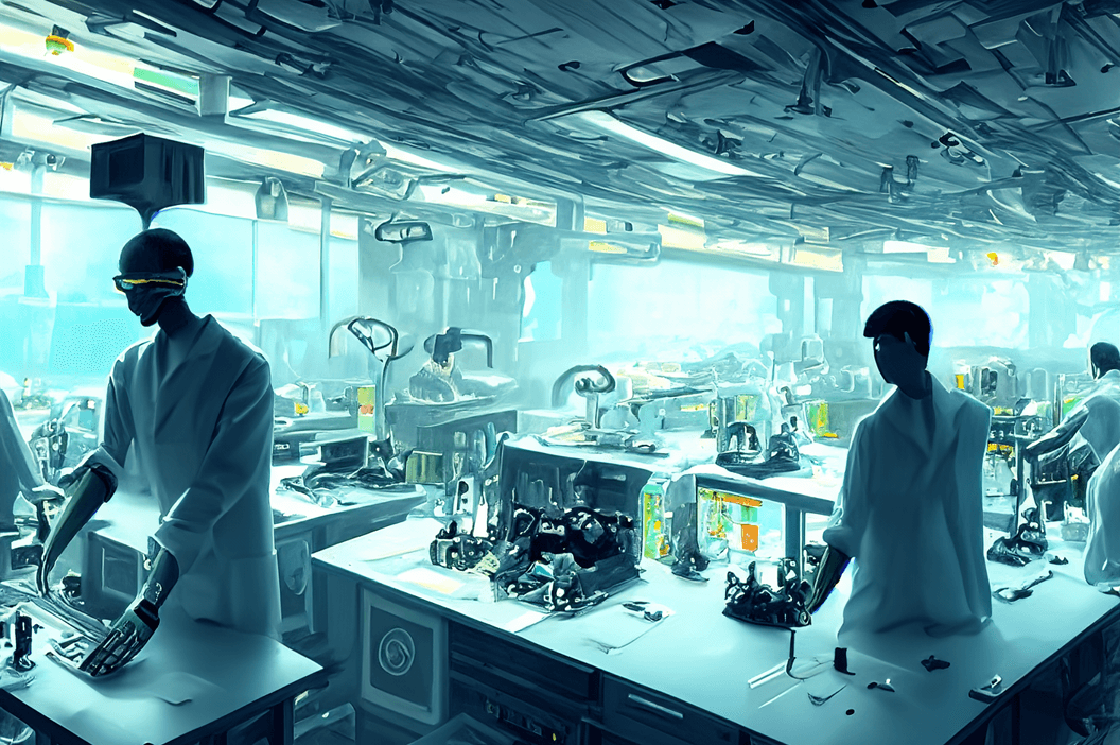The metaverse is no longer just a concept from science fiction; it’s a rapidly evolving digital reality that’s shaping the way we live, work, and even shop. Augmented reality (AR) is at the forefront of this transformation, offering a revolutionary shopping experience that blurs the lines between the physical and digital worlds.
Imagine stepping into a virtual shopping mall from the comfort of your home. You put on your AR headset, and suddenly, your surroundings transform. You’re greeted by lifelike avatars of friendly salespeople, and the stores around you are filled with digital displays of products. This is metaverse shopping in action.
One of the most exciting aspects of metaverse shopping is the ability to try before you buy. AR allows you to interact with virtual versions of products as if they were right in front of you. Want to see how that new couch would look in your living room? AR can superimpose it into your space, so you can visualize it in real-time.
But the metaverse goes beyond just visualizing products. You can also engage with others in this digital space. Meet up with friends to shop together, even if you’re miles apart. Share recommendations, try on virtual outfits, and get instant feedback—all within the metaverse.
The convenience of metaverse shopping is another game-changer. No more waiting in long lines or dealing with crowded stores. You can shop 24/7, and products are just a click away. And when you’re ready to make a purchase, secure blockchain technology ensures safe and transparent transactions.
While metaverse shopping is still in its early stages, it’s clear that it has the potential to disrupt the retail industry as we know it. As technology advances and the metaverse expands, we can expect more immersive and interactive shopping experiences, making traditional shopping malls a thing of the past.
In conclusion, metaverse shopping with augmented reality is a glimpse into the future of retail. It offers convenience, interactivity, and a level of immersion that was once reserved for science fiction. As the metaverse continues to evolve, so too will the way we shop, opening up exciting possibilities for consumers and businesses alike.






